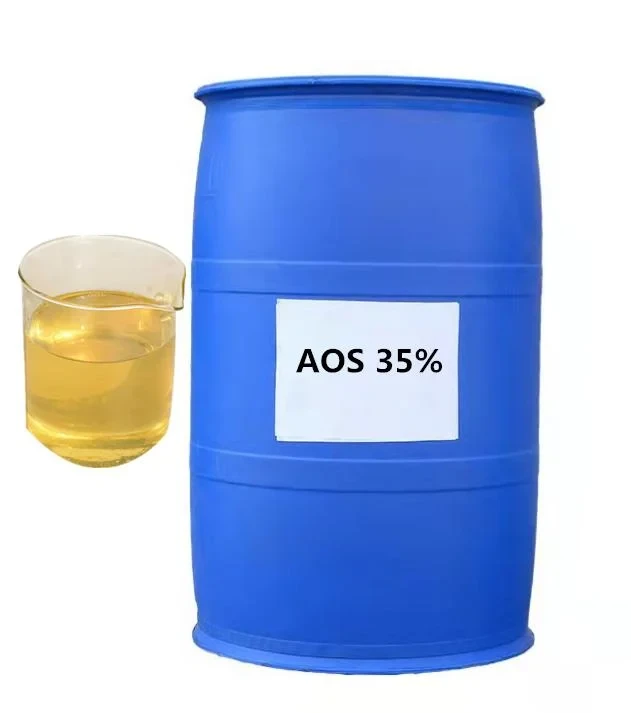



Sodium Sulfide Manufacturing Processes and Their Environmental Impacts Explained
Sodium Sulfide Production Processes, Applications, and Environmental Considerations
Sodium sulfide (Na2S) is an important industrial chemical predominantly used in various applications including pulp and paper manufacturing, mining, and the textile industry. Its production involves several chemical processes that have evolved to improve efficiency and reduce environmental impact.
Production Processes
The primary method for producing sodium sulfide involves the reaction of sodium carbonate (soda ash) with sulfur or sulfur dioxide. This method has been employed for decades and is widely accepted in industrial settings. The overall reaction can be summarized as follows
\[ Na_2CO_3 + S \rightarrow Na_2S + CO_2 \]
This reaction occurs under high temperatures and controlled conditions. The quality of sodium sulfide produced can be influenced by numerous factors, including the purity of the initial reactants, temperature, and the presence of any catalysts.
Another method of production involves the treatment of sodium hydroxide (NaOH) with hydrogen sulfide (H2S). This process, known as the sodium sulfide process, is significant for producing high-purity sodium sulfide. The reaction can be expressed as
\[ 2 NaOH + H_2S \rightarrow Na_2S + 2 H_2O \]
This method may be preferred in cases where a high degree of purity is required, such as in the textile and dye industries
.Applications of Sodium Sulfide
sodium sulfide production

Sodium sulfide has diverse applications across various industries. In the pulp and paper industry, it is used in the Kraft process, where it helps in breaking down lignin in wood chips, enabling the separation of cellulose fibers. This is critical for producing high-quality paper products.
In the mining sector, sodium sulfide plays a pivotal role in the flotation process. It is used to enhance the separation of metal ores from waste materials, thereby increasing the efficiency of recovery operations. This application is particularly valuable in copper, lead, and zinc mining.
Additionally, sodium sulfide is employed in the textile industry for dyeing and bleaching processes. It serves as a reducing agent and helps in producing vibrant colors by facilitating the reaction of dyes with fibers. This application underscores the importance of sodium sulfide in various manufacturing processes.
Environmental Considerations
While sodium sulfide is widely used in industrial applications, its production and use raise several environmental concerns. Sodium sulfide is toxic and can pose risks to human health and the environment if not managed properly. For instance, if released into water bodies, it can lead to severe ecological damage, including detrimental effects on aquatic life.
To mitigate these concerns, various regulations and best practices have been established. Wastewater treatment processes are crucial in industries using sodium sulfide to reduce its toxicity before discharge. Additionally, efforts to recycle sodium sulfide and optimize production processes aim to minimize waste and enhance sustainability.
Research is also ongoing to develop greener alternatives to traditional sodium sulfide production methods. Innovations in synthesis techniques, including the use of renewable feedstocks and less harmful reagents, hold promise for reducing the environmental footprint associated with sodium sulfide production.
Conclusion
Sodium sulfide remains a vital chemical in various industries, facilitating essential processes in pulp and paper production, mining, and textiles. As the demand for this compound grows, so too does the responsibility of industries to ensure its production and usage are environmentally conscious. Embracing innovative production methods and improved waste management practices will be crucial in balancing industrial needs with ecological stewardship. The future of sodium sulfide production lies in its ability to adapt and evolve, embracing sustainability for a cleaner and safer industrial landscape.
-
Why Sodium Persulfate Is Everywhere NowNewsJul.07,2025
-
Why Polyacrylamide Is in High DemandNewsJul.07,2025
-
Understanding Paint Chemicals and Their ApplicationsNewsJul.07,2025
-
Smart Use Of Mining ChemicalsNewsJul.07,2025
-
Practical Uses of Potassium MonopersulfateNewsJul.07,2025
-
Agrochemicals In Real FarmingNewsJul.07,2025
-
Sodium Chlorite Hot UsesNewsJul.01,2025










